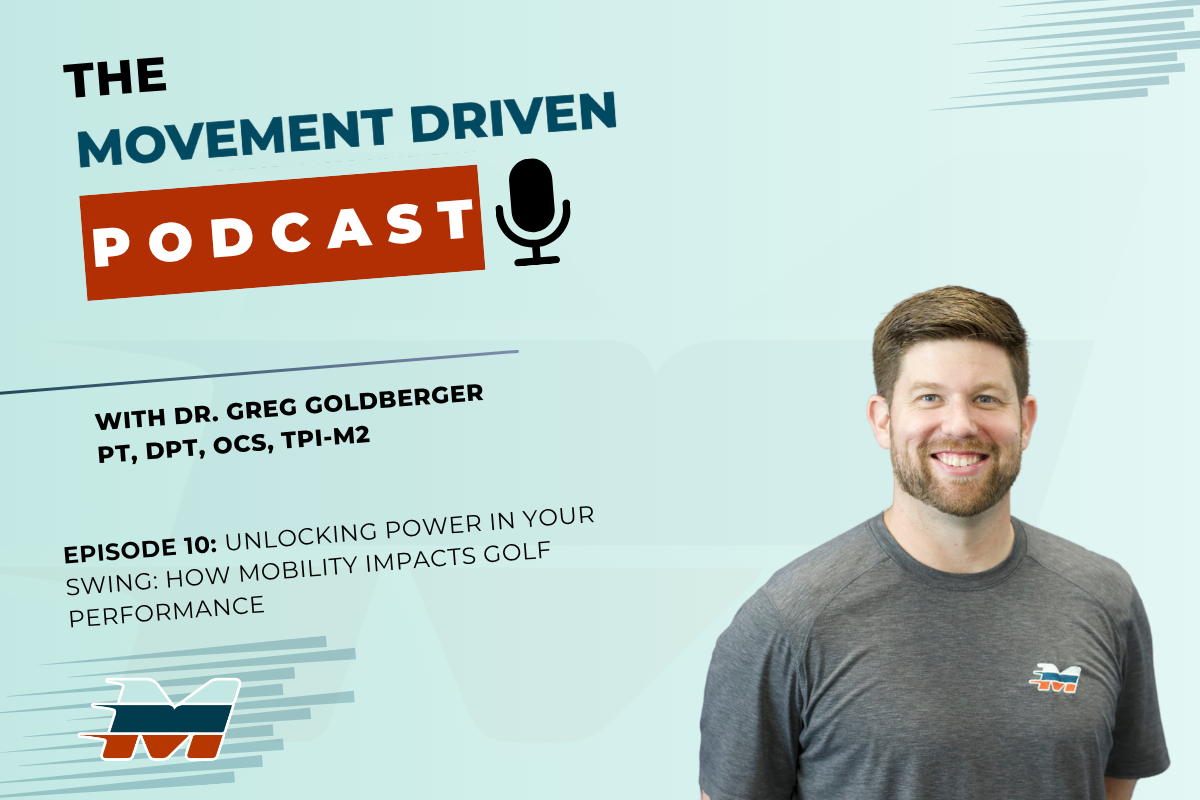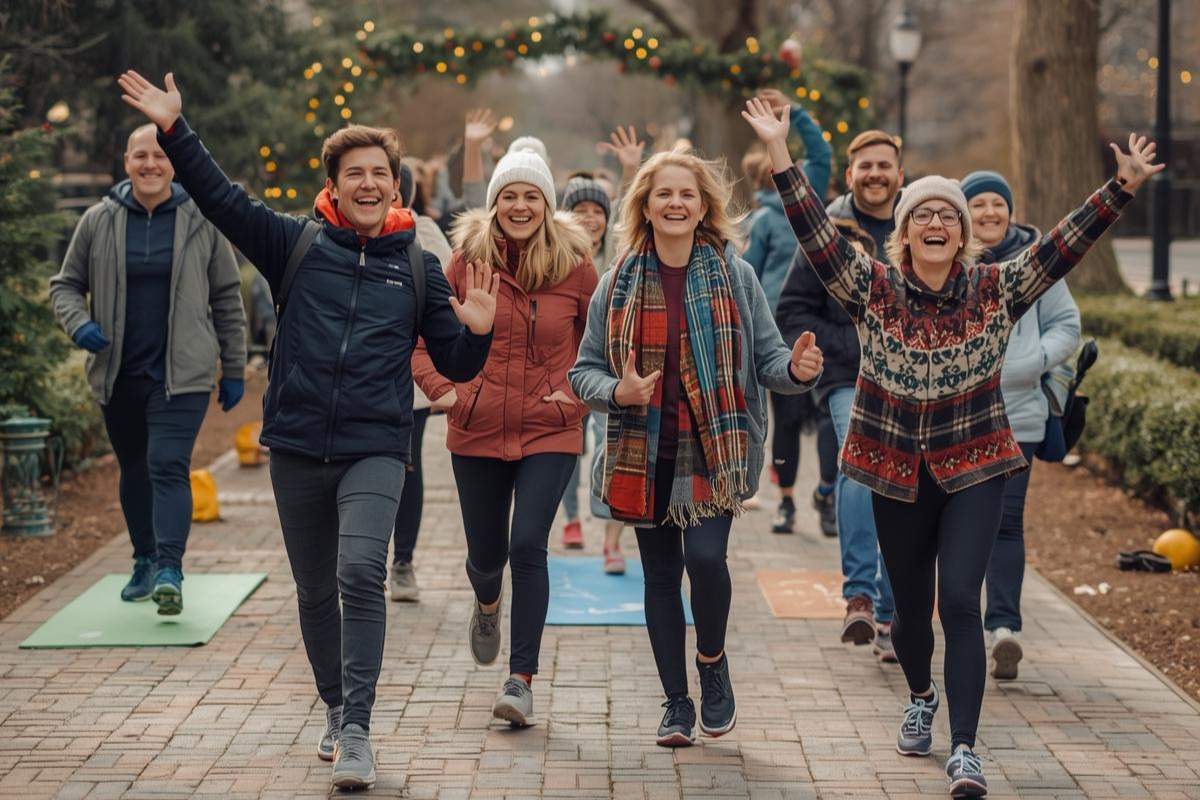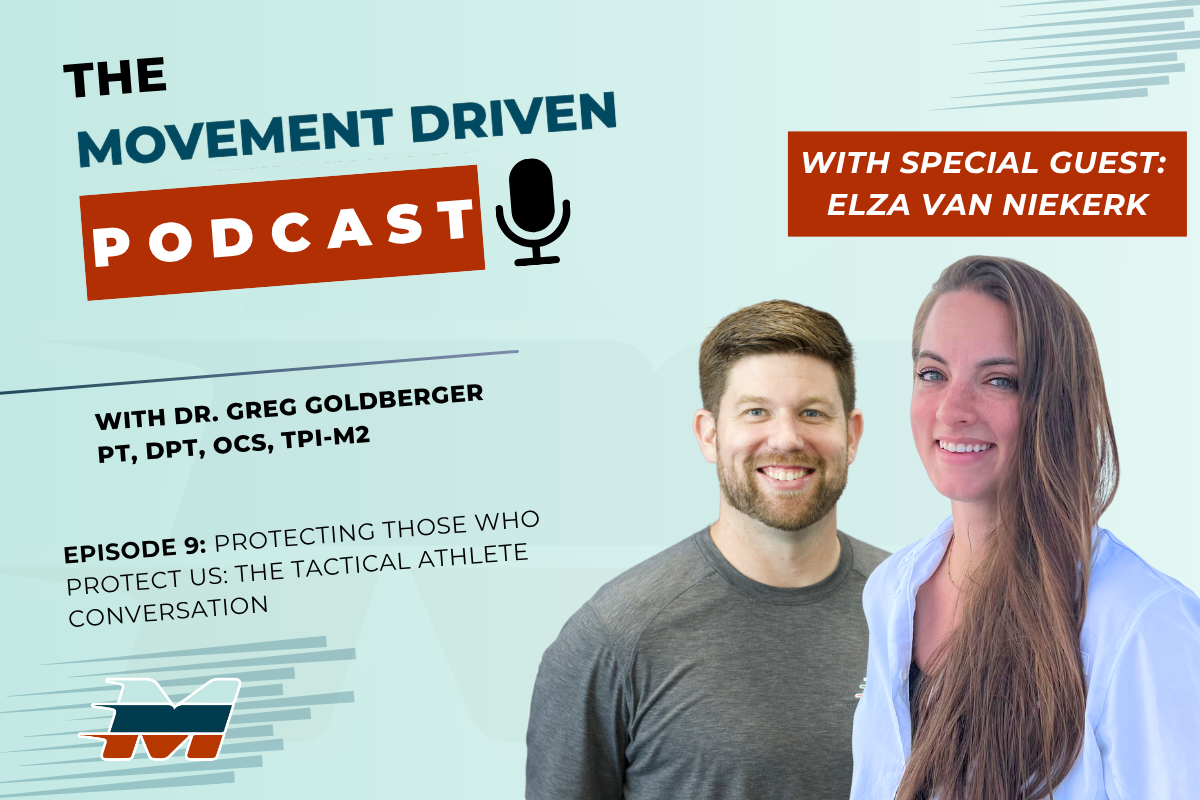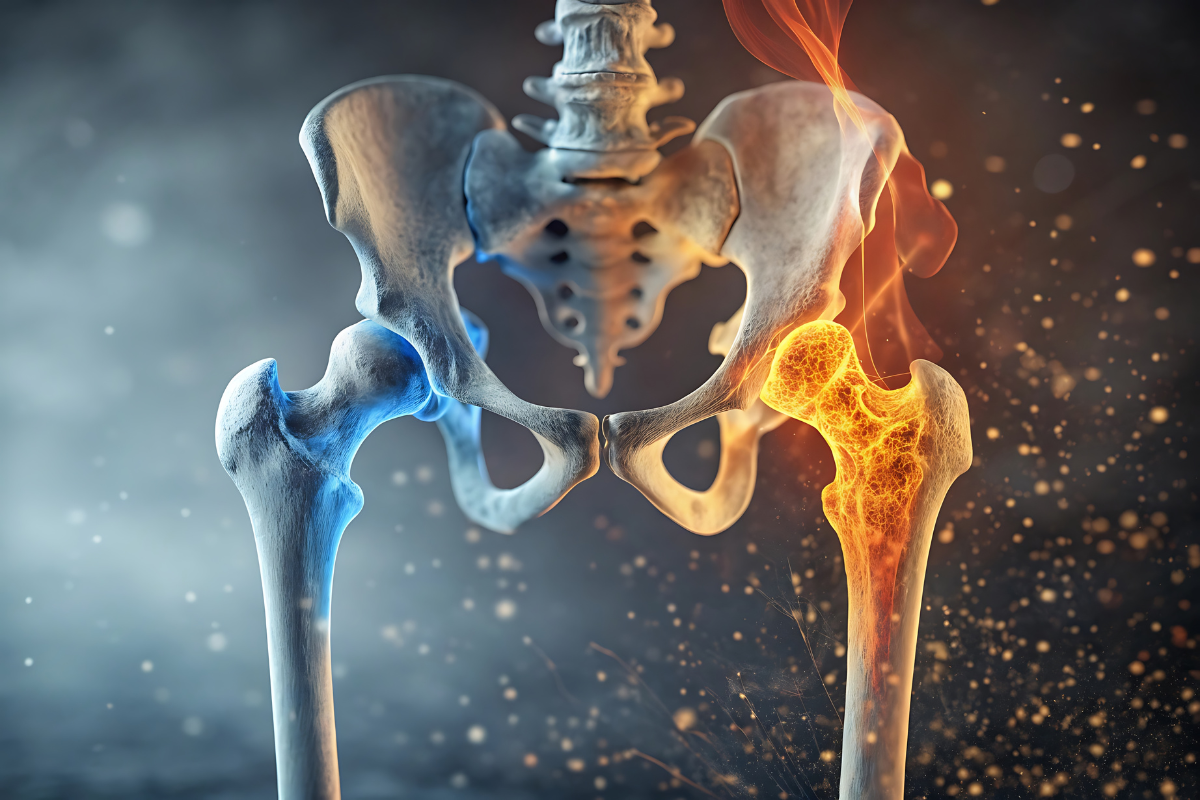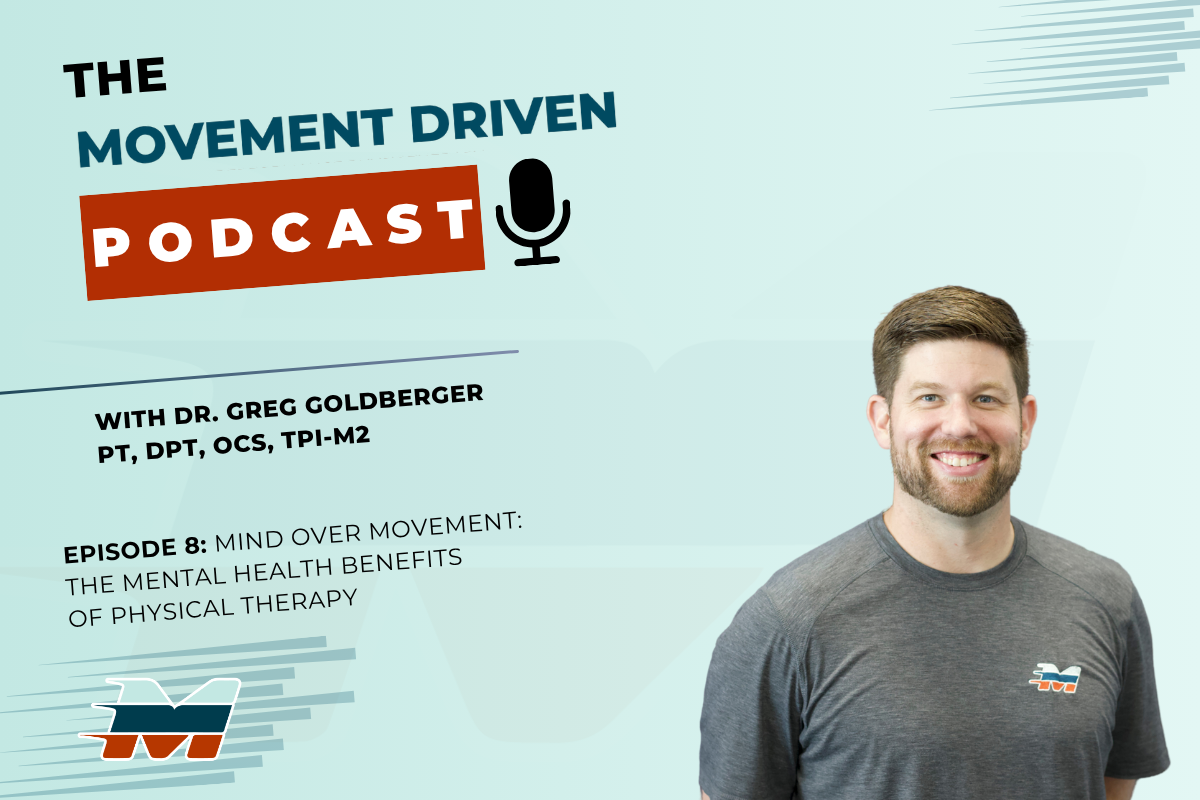From the Greens to the Gym: Golf Mobility Tips Every Jacksonville Golfer Needs
Greg Goldberger • November 17, 2025
Unlock better rotation, improve power, and prevent pain with mobility strategies backed by research and tailored for Jacksonville golfers.
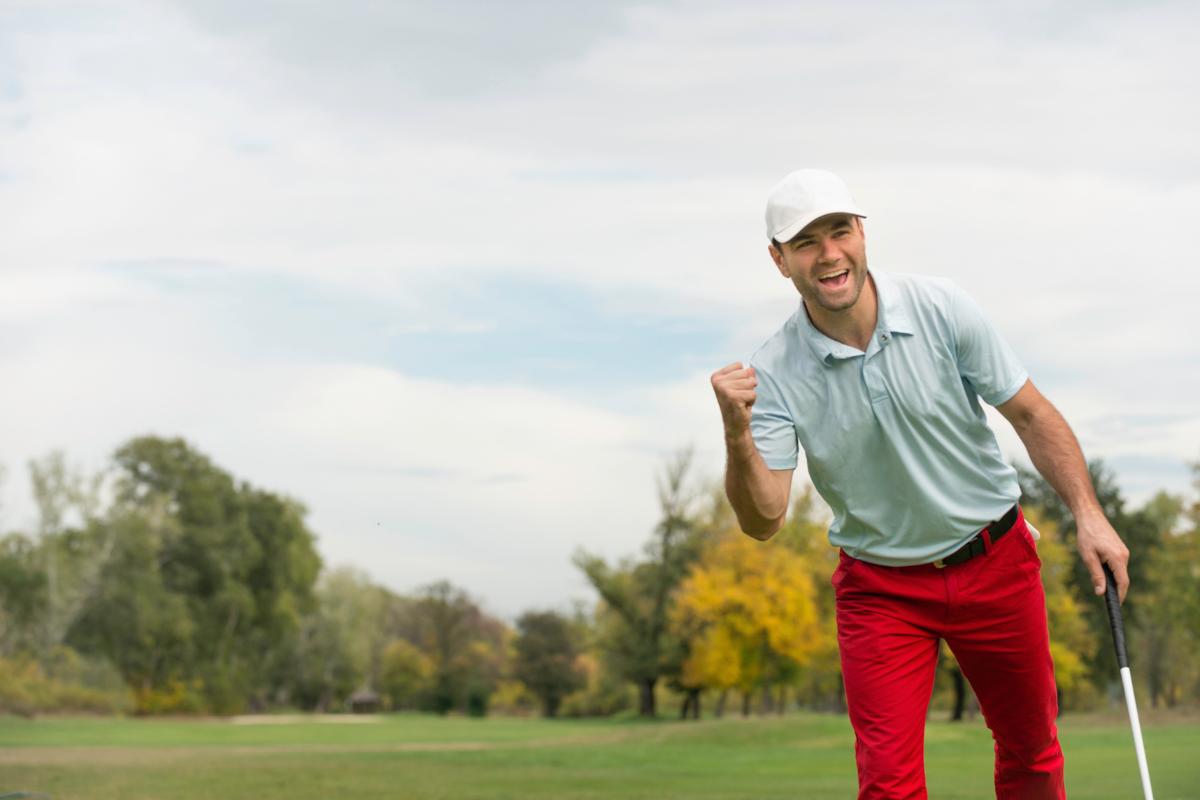
Golf season is almost year round in Jacksonville, which means golfers are constantly working to improve their swing, strengthen their game, and avoid nagging injuries. While many players focus on equipment upgrades or swing tweaks, the real game changer often starts in the gym, not on the course.
Mobility is one of the most overlooked elements of golf performance, yet research shows that small improvements in joint mobility can significantly influence swing mechanics, clubhead speed, and long term durability.
Swing limitations are linked to mobility restrictions, particularly in the thoracic spine, hips, and shoulders. Improving these areas can help golfers unlock a more efficient and powerful swing while reducing the risk of pain or overuse injuries.
Below are essential mobility tips backed by reputable sources that every Jacksonville golfer should know.
1. Improve Thoracic Spine Rotation for a Smoother Turn
The thoracic spine is the engine behind a fluid backswing and powerful follow through. When rotation is limited, the lower back and shoulders are forced to compensate. This is one of the most common contributors to low back pain in golfers.
A study published in the Journal of Sports Rehabilitation noted that limited thoracic mobility
is associated with increased lumbar stress during rotational sports.
Banded thoracic rotations. Anchor the band in front of you, hold it with both hands, and rotate through your upper back while keeping your hips square. Focus on opening through the ribs and mid back with each turn. Perform controlled reps on both sides.
2. Build Hip Mobility to Increase Power and Reduce Low Back Strain
Healthy hip rotation is a major predictor of swing efficiency. TPI research notes that restricted lead hip rotation can affect weight transfer, reduce power, and contribute to swing path inconsistencies.
The hips also play a vital role in protecting the lower back. A study from the American Journal of Sports Medicine found that athletes with better hip mobility show lower rates of lumbar spine injury.
90/90 hip switches or pigeon pose. Both encourage internal and external rotation throughout the hip joints.
3. Strengthen Shoulder Mobility for Pain Free Ball Striking
The shoulder must move through a combination of rotation and elevation during each swing. Poor control or stiffness can lead to common golf related conditions such as impingement, rotator cuff irritation, or labral stress.
Research published by the National Strength and Conditioning Association (NSCA) highlights that golfers with balanced shoulder mobility and stability generate more consistent ball contact
and experience fewer overuse symptoms.
Wall slides or banded shoulder external rotations before teeing off.
4. Prioritize Post Round Recovery to Prevent Overuse Symptoms
Golf may not feel like a physically demanding sport, but walking, rotating, and repeating the same motor pattern for several hours creates accumulated strain. Recovery helps maintain tissue health and mobility between rounds.
The American Council on Exercise (ACE) recommends static stretching after activity
to reduce muscle tension and improve long term flexibility.
Stretch the hip flexors, calves, and thoracic spine for 5 to 10 minutes after playing. Add gentle foam rolling to promote blood flow.
5. Get a Professional Movement Evaluation through a TPI Assessment
Every golfer has unique mobility limitations and movement patterns. A TPI Certified Physical Therapist evaluates the entire body through a series of mobility, stability, and swing related screens. The goal is to identify the root cause of movement restrictions that may affect consistency, power, or pain.
TPI research consistently shows that golfers who receive individualized movement assessments and corrective exercises experience significant improvements in swing efficiency and reduced injury risk.
At Movement Driven Performance Physiotherapy, our Golf TPI Assessment
helps you understand your specific mobility restrictions and gives you a clear plan to improve performance and feel better on and off the course.
Ready to Improve Your Swing and Stay Pain Free All Season?
Movement Driven offers golf physical therapy in Jacksonville FL with a personalized approach tailored to your swing, your body, and your goals.
Schedule a discovery call today
to book your Golf TPI Assessment and get personalized mobility feedback that can transform your game.

